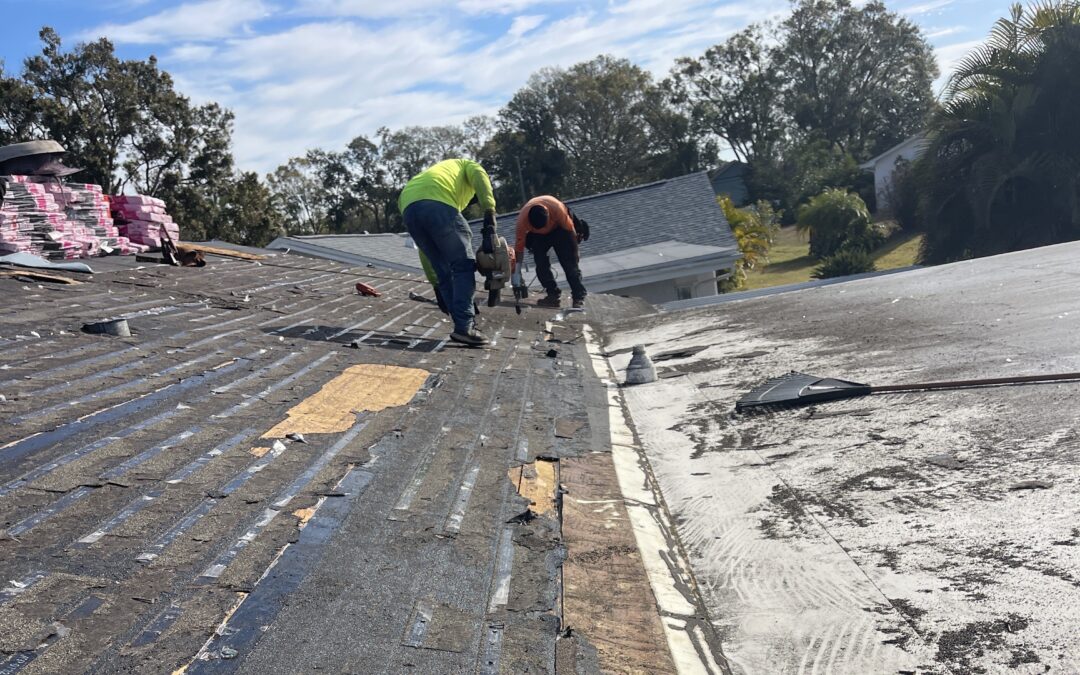Routines and nerves are shaken by storms. The mess could get worse if the wrong person is hired. Peace of mind, floors, and walls can all be saved by the right team.
Accuracy saves your claim, but speed is important.
When Tampa Bay is hit by wind, rain or flood, you need a storm damage restoration company you can rely on. For documentation, drying and safety, the first 48 hours are crucial. Your home and claim stay on course with clear procedures, neat documentation, and consistent communication.
Tip 1: Verify License, Insurance and Certifications
Ask for the Florida state license number and the local business tax receipt. Confirm the company’s name and address to match the records. A reputable firm will share this information before they step on your property.
Request current general liability and workers’ compensation certificates. Ask for your name and address to be listed as the certificate holder. This proves the policy is active on your project.
Water work requires training. Search for IICRC certifications like Applied Structural Drying and Water Damage Restoration Technician. Find out if the lead technician has those credentials and who will be on site. We have insurance and a license and we obtain permits as required.
For your free evaluation, give us a call right now or complete the form right now.
Tip 2: Look for Local, Storm-Season Experience
Local crews know county rules, permit workflows, and HOA expectations. They also know how Gulf weather behaves by street and season. That knowledge reduces delays and keeps your project moving.
Rapid response should look organized. Proper tarping, board-up where needed, water extraction, moisture readings, and equipment setup should happen in a clear sequence. Daily monitoring and adjustments should follow until dry-standard goals are met.
We serve Hillsborough, Pinellas, Pasco, and Manatee with crews that live here. Search results for restoration companies in Tampa can include out-of-town operators who leave when headlines fade. Local teams stay and support warranty services.
Local crews protect local homes.
Call now for your free evaluation, or fill out the form today.
Tip 3: Demand a Written Scope, Not Just a Quote
A clear scope protects you. It should include safety steps, containment, demolition where needed, drying methods, equipment counts, daily readings, and cleanup. It should name materials, protection plans, and site rules.
Documentation matters. Your file should include photos, moisture maps, daily logs, and final readings. Change orders should arrive in writing with reasons and options. This paper trail helps you and your insurer make solid decisions.
Here is a quick checklist to request in writing. Each line should appear as a line item. The checklist should include a drying target, an equipment plan, a monitoring schedule, a debris plan, and a final cleaning. It should also include a rebuild handoff or referral if you need repairs after mitigation.
Documentation turns chaos into a plan.
Tip 4: Coordinate With Insurance and Keep Billing Transparent
Claims move faster when the contractor speaks and coordinates with the adjuster. Ask how estimates are built and how line items are supported. Insurers expect clear descriptions, photos, and measurable drying goals.
Be careful with assignment-of-benefits paperwork. You should understand who can bill your insurer and for what work. You should also understand your role in approvals. Transparent, itemized invoices prevent double billing and speed payment.
If you are searching for water damage restoration in Tampa bay during heavy rain, ask about emergency mobilization and documentation after hours. The first visit should stabilize the home and start the record from minute one. Clean notes today prevent disputes tomorrow.
Tip 5: Watch Quality Standards, Safety and Warranty
Quality shows in the small steps. Containment reduces dust and cross-contamination. Correct PPE protects workers and your family. Proper disposal keeps neighbors and HOAs happy.
Drying should follow industry standards with measured goals and verifiable readings. Mold prevention requires fast drying, controlled airflow and correct dehumidification. Clearance testing may be appropriate after heavy water or suspected contamination.
Ask about workmanship warranties for mitigation and about who handles service after equipment leaves. Ask how the company documents permit compliance when repair work begins. We are licensed and insured, and we pull permits when required by local rules.
Strong standards prevent repeat losses.
Final Tips and Red Flags to Avoid
Ask for a live project manager and a daily update time. You deserve a single point of contact who will pick up the phone. Steady communication reduces stress.
Avoid high-pressure sales tactics. Avoid vague estimates without scope or pictures. Avoid door-to-door chasers who cannot show a real office and local references.
If a deal sounds too quick or too light on details, it probably is. A careful plan protects your home and your claim.
Why Local Matters in Tampa Bay
Tampa Bay weather shifts fast. Tampa Bay weather is renowned for its microclimates, where storms pick and choose their targets. Local teams stage tarps, pumps, and drying equipment based on real patterns, not guesswork.
County inspectors and HOA managers expect clean paperwork. Local crews understand those expectations and prepare your file accordingly that saves time.
Your home deserves a team that knows your block and your rules.
How We Help, Step by Step
We start with safety and water shutoff support. We quickly put tarps on the roof and board up any broken windows. We extract standing water and map moisture with professional meters.
We set a drying plan with dehumidifiers and air movers sized to your space. We adjust equipment as readings change. We confirm dry goals with documented results.
We coordinate with your insurer and keep you updated. We prepare repair options or referrals if you need to rework after mitigation. We stand behind our work.
Call now for your free evaluation, or fill out the form today.
FAQ
How fast should a crew respond after a storm?
Metro Builders offers same-day inspection after a storm. The first visit stabilizes your home and starts the vital documentation.
Do I always need permits for mitigation work?
Some tasks do not require permits, but many repairs do. We pull permits when needed and follow the Florida Building Code.
Will my insurance cover everything?
Coverage depends on your policy and the source of damage. We provide clear documentation to support your claim.

Chris Price is the CEO of Metro Builders, with over 25 years of experience in construction and project leadership. He’s passionate about building strong teams, delivering quality projects, and driving innovation in the industry.





Recent Comments